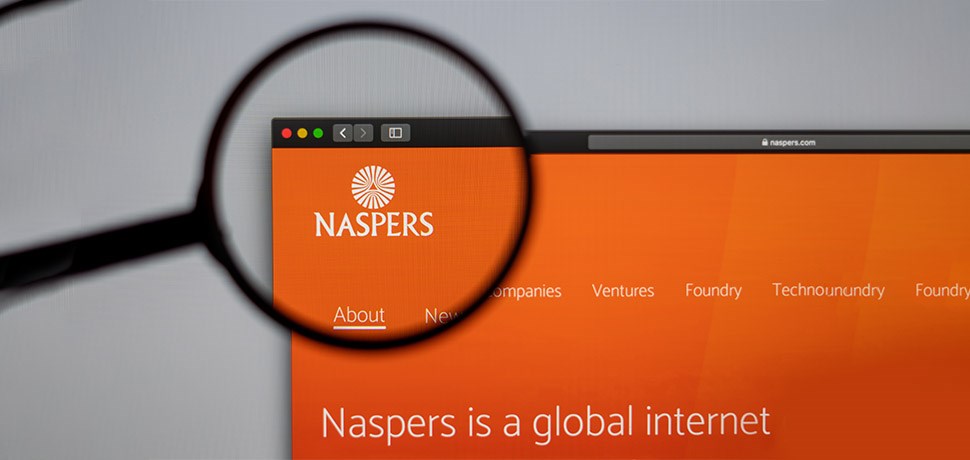
Just like the Tencent discovery was a critical milestone for Naspers, we believe the recent announcements made concurrent to the FY2022 results, mark a positive turning point in the company’s history.
The announcements that we’re referring to are:
Who’d have thought that linking management’s remuneration to addressing the untenably high discount to net asset value (NAV) of over 60%, would make all the difference?
To the cynics among us, it appears that this monetary incentive has forced management out of their comfort zone and galvanised them into challenging their long-held positions in terms of their unlisted e-commerce operations and Tencent investment.
We believe that a contributing factor to the ballooning discount to NAV was the group’s absolute reliance on the income stream from Tencent to fund its loss-making e-commerce operations (the main verticals being Classifieds, Payments & Fintech, Edtech and Food delivery). This situation appeared more desperate in the light of the alarming negative regulatory impact on Tencent’s recent growth and short- to medium‑term outlook. Meanwhile, the visibility on the e‑commerce portfolio’s path to profitability remains clouded.
We have long held the view that “realising gains from the years of investment in the unlisted e‑commerce operations to reach critical mass and profitability, should be a strong driver to closing the discount gap”.
It is no surprise then, that we were encouraged by management’s decisive actions to make good on the oft‑quoted rhetoric of building NAV and returning capital to shareholders.
This new-found focus translates into a couple of definitive actions, including:
The explosive share price reaction to the decisiveness and greater extent of these announcements may convince some that the upside opportunity has been missed. However, we must inform investors that according to our calculations, the share price corrected to effectively close the marked‑to‑market discount to the value of Tencent.
On trading day before the announcement of the results and strategic shifts, the value of Tencent per Prosus share was R1034 and Prosus was trading at R880 per share. After the announcement Prosus immediately traded up to R1039 per share versus Tencent’s marked‑to‑market value of R1020 per Prosus share.
Therefore, at the current price, we believe that investors are still getting for “free”, the entire e‑commerce portfolio of businesses and the other listed investments. This includes the Chinese travel business, Trip.com, the European food delivery business, Delivery Hero and the Indian payments business, Remitly.
While the visibility and timeframe to profitability remain rather clouded and Tencent’s near‑term growth outlook remains muted, we believe that the decisive plans initiated will go a long way to removing management distractions, allowing better strategic focus and clarity and that is certainly a step in the right direction.